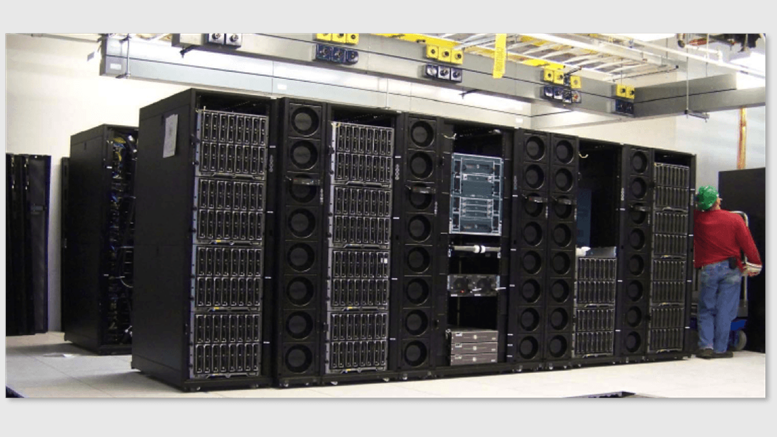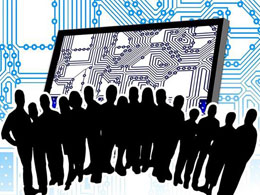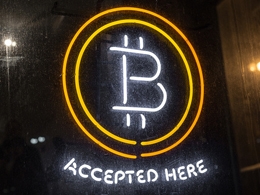
Harvard Student Uses 14,000-Core Supercomputer to Mine Dogecoin
A student at Harvard was caught using the University's massive computing power to mine Dogecoin. Supercomputers are pretty amazing. They're mostly used for research since they specialise in processing, analysing, and doing computations on ridiculous amounts of data at high speeds. Supercomputer simulations have been used to understand earthquakes, model pandemics, predict the weather, and more. Harvard University has its own supercomputing cluster called Odyssey, which boasts a 14,000 core Intel Xeon architecture with over 10 TB of RAM. But unlike most researchers, one student at Harvard....
Related News
The IBTimes recently ran a story informing readers that "Hackers could be targeting toasters to mine bitcoins, expert warns." Speaking to the annual Slush startup conference in Helsinki, Finland, F-Secure Chief Research Officer Mikko Hypponen stated, factually, that: "Cryptocurrencies are interesting as they open up new opportunities, like mining. Attackers don't target the user but the computer itself. Internet of Things devices can be hacked to mine cryptocurrencies and make money." Last year, Hypponen said similar things in his speech, which generated similar headlines. Why then, a year....
Each evening, 'Felix' sneaks into the computer suite at his university and starts up the machines. One by one, he runs a script on each computer and his 'workers' begin solving complex algorithms. You wouldn't know just by looking, but he's making his own money - using his university's computers to mine dogecoin. Felix's story mirrors that of a Harvard researcher who used his university's supercomputer for dogecoin mining, earning himself a permanent ban from the computer and, presumably, a heck of a lot of coins in the process. Like others who came onto the cryptocurrency scene late,....
DeMorgan Ltd., a Sydney, Australia-based company focused on alternative currency and next generation banking, will offer a free, five-week webinar course on Australian supercomputers beginning June 17. The course will be offered in conjunction with IT Masters and Charles Sturt University in Australia. DeMorgan Ltd. has completed several bitcoin-based research projects. The course has been designed for experienced C programmers interested in learning how to program and maintain supercomputers. Students are expected to be familiar with C programming language and Linux. They will also need a....
Arctur-1, a supercomputer in Slovenia which is used by scientific and technical users, has announced that they will accept Bitcoin for computing services. The Arctur computer itself boasts impressive stats ” Arctur-1 was built with 84 IBM iDataPlex dx360 M3 nodes, each with two Intel Xeon X5650 cores (6 cores clocked at 2,66 GHz) for a total of 1008 cores, 2,66 terabytes of memory (2,66 gigabytes per core), reaching a peak processing power of 10 TFlops (Rpeak). Compute nodes are connected with Infiniband QDR 40 Gbit/s, The supercomputer is managed by Arctur.” I interviewed Arctur CTO Marko....
After months of battling a looming low hashrate on the horizon, Dogecoin developers have decided it is in the currency's best interest to merge-mine with Litecoin using Auxillary Proof-of-Work (AuxPoW). Technically all Scrypt coins with a higher difficulty than Dogecoin will be merge-mined, but only Litecoin holds that criteria making the verbiage on merge-mining clear. Although many in the Dogecoin community wish to break themselves away from the "merge-mining" verb usage, what's true is true. If Litecoin were to disappear tomorrow, AuxPoW would still be in effect for Dogecoin. Until....





